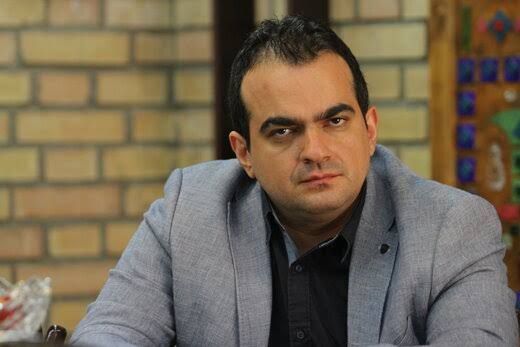Printing More Money, Iran May Face Hyperinflation In Coming Months

Iran hit a new record in annual inflation in the calendar year which ended on March 20, but pundits say the country will go into hyperinflation this year.

Iran hit a new record in annual inflation in the calendar year which ended on March 20, but pundits say the country will go into hyperinflation this year.
Hyperinflation is a very high and typically accelerating inflation, which quickly erodes the value of the local currency -- rial in this case -- while the prices of all goods increase exponentially. In such a situation, people move to minimize their holdings in the national currency and switch to more stable assets.
The Central Bank of Iran announced late in March that the annual inflation rate stands at 46.5 percent. Although the official inflation rate is usually less than what actual prices reflect, even a 46.5-percent inflation is among the highest in Iran in more than 30 years.
The bank did not disclose the point-to-point inflation for the last calendar month, which ended on March 20, but it provided the price index for the month, from which point-to-point inflation can be extracted. The price index was 794.3, which means a 64-percent point-to-point inflation rate compared to the corresponding period of the previous year at 484.6.
It is the second time Iran recorded such a figure since World War II. Considering the devaluation of the rial from 260,000 against one dollar to about 540,000 in the past 12 months, the inflation rate is expected to hit new highs in the coming months. Food prices have been rising much faster, with official figures indicating between 70-100 percent annual inflation for basic food items such as meat and dairy.
Hyperinflation is often associated with some form of stress to the government budget, such as socio-political upheavals, a collapse in aggregate supply of needed commodities, or obstacles in exports, all of which are seen in Iran’s economy.
There are different definitions for hyperinflation, with American economist Phillip Cagan defining it as when the monthly inflation rate exceeds 50 percent -- equivalent to a yearly rate of 12974.63% -- and the International Accounting Standards Board saying that it occurs when a cumulative inflation rate over three years approaches, or exceeds, 100 percent.
The Islamic Republic is currently facing the boldest antiregime protests since its establishment. Rising inflation may also lead to further protests.
The regime grapples with a serious revenue shortage mainly due to US sanctions and the Central Bank is printing more and more money which is aggravating the situation and most probably pushing the country towards hyperinflation.

In an article published on April 1, Khabar Online website cited market analyst Siamak Ghassemi as saying that the data released by the government about market liquidity and money supply bears “important and dangerous information” about the country’s economy in the coming months.
“The growth rate of the monetary base has reached 38 percent and liquidity has reached 34 percent. This unprecedented gap means that the government is printing more money and making up for the budget deficit by heavily borrowing from banks and forcing them to borrow from the central bank,” he said.
Ghassemi highlighted that the sharp growth of the monetary base and the significant budget deficit as well as increasing lack of trust in the government’s ability to bounce back as well as the continued devaluation of the rial will put Iran's economy on the brink of a three-digit inflation rate or hyperinflation.
The former governor of Iran's central bank Abdolnasser Hemmati, who is among the outspoken critics of the current administration, also said last week that “in order to control inflation and rial’s exchange rate, the government should take serious measures to reverse growing liquidity.”
When the central bank resorts to printing money without sufficient economic growth or foreign currency revenues, the money supply increases fast, which in turn leads to more currency devaluation and inflation. The biggest immediate reason for printing money is government borrowing from the Central Bank of Iran to bridge its budget deficit estimated to be 50 percent.
The Islamic Republic has been struggling with high inflation since 2019, but the raging inflation in the past Iranian year was different from previous years. Last May, the government eliminated an annual food import subsidy of at least $10 billion, which immediately led to steep price increases. This was followed by a fall in the value of the national currency, making imports more expensive for the population. Iran’s ruler Ali Khamenei has dubbed the new year as “the year of controlling inflation”, a promise also repeated by President Ebrahim Raisi, but reminiscent of similar slogans in previous years.